Why Buttermilk Pancakes Are America’s Favorite
The Timeless Appeal of Buttermilk Pancakes
Few breakfast dishes spark as much joy and nostalgia as a warm stack of buttermilk pancakes. With their golden-brown edges, fluffy interiors, and slight tang, these pancakes are a breakfast classic that has stood the test of time. Across generations, families have gathered around breakfast tables to enjoy these comforting creations, whether on lazy Sunday mornings or during festive brunches. For more similar breakfast recipes, check out our Tuscan Farmer’s Breakfast for another cozy morning favorite.
What makes buttermilk pancakes so special is their irresistible texture and flavor. Unlike regular pancakes, the buttermilk lends a subtle tartness that balances beautifully with the sweetness of syrup, fruit, or butter. It also reacts with baking soda to create a light, airy crumb that simply melts in your mouth a sensation that keeps people coming back for more. In a fast-paced world, buttermilk pancakes invite us to slow down and savor a timeless morning ritual.
A Quick Look at Their Place in American Breakfast Culture
In American food culture, buttermilk pancakes are more than just a dish they’re a tradition. They’ve become a staple on diner menus, in home kitchens, and at community gatherings, symbolizing comfort and warmth. Recipes have been passed down and adapted over decades, reflecting the creativity of home cooks who have added their own twists from blueberries and bananas to chocolate chips and nuts.
What’s fascinating is how buttermilk pancakes bridge the gap between simplicity and indulgence. They’re easy enough for weekday mornings yet special enough for holiday brunches. And as more families embrace home cooking, these pancakes continue to shine as an affordable, crowd-pleasing favorite.
How to Make the Best Buttermilk Pancakes
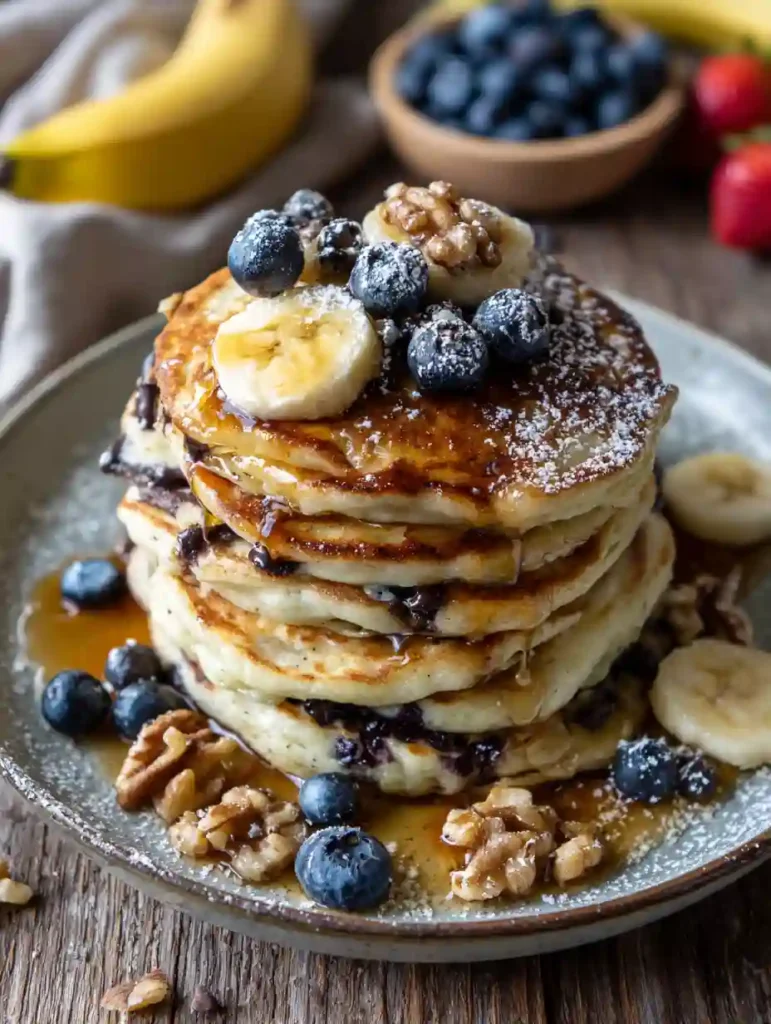
Ingredients and Tools You’ll Need
Making perfect buttermilk pancakes starts with the right ingredients and a few trusty kitchen tools. You’ll need fresh buttermilk, eggs, flour, sugar, baking soda, baking powder, a pinch of salt, and melted butter. Buttermilk is the key to that irresistible tang and fluff. Make sure your baking soda is fresh for maximum lift. For tools, keep a large mixing bowl, a whisk, a ladle, a non-stick skillet or griddle, and a flexible spatula within reach.
Having everything ready before you start ensures a smooth cooking process and helps prevent overmixing the batter one of the most common mistakes that can lead to tough pancakes. A digital kitchen scale and measuring cups help keep the proportions just right.
Step-by-Step Recipe
Start by whisking the dry ingredients flour, sugar, baking soda, baking powder, and salt together in a bowl. In a separate bowl, beat the eggs lightly, then add the buttermilk and melted butter. Pour the wet ingredients into the dry and gently stir until just combined. A few lumps are perfectly fine and even encouraged, as overmixing can deflate your batter.
Heat your skillet or griddle over medium heat and lightly grease it. Once hot, ladle the batter onto the surface, about ¼ cup per pancake. Cook until bubbles form on top and the edges look set, then flip and cook for another minute or so until golden brown. Repeat with remaining batter, adjusting heat as needed to avoid burning.
For an added hack, you can keep the finished pancakes warm in a low oven (about 200°F) on a baking sheet while you finish the rest of the batch. This way, everyone can sit down to enjoy a stack of warm, fluffy pancakes together.
In the next section, we’ll share expert tips, common mistakes to avoid, and a few tasty variations you can try to make your buttermilk pancakes even more exciting!
Tips, Tricks, and Common Mistakes
Expert Tips for Fluffier Pancakes
To take your buttermilk pancakes to the next level, keep a few expert tips in mind. First, always use room-temperature eggs and buttermilk this helps the batter mix more evenly and rise better on the griddle. Sifting the dry ingredients can also create a lighter texture. Be gentle when mixing: stir just enough to incorporate the flour without overworking the batter. Too much mixing develops gluten and makes pancakes tough.
Why Buttermilk Works Wonders
Buttermilk is more than just a flavorful ingredient; it’s a secret weapon for tender, airy pancakes. Its natural acidity reacts with baking soda to release carbon dioxide, forming bubbles that create a light, fluffy crumb. The slight tang of buttermilk also balances the sweetness of toppings beautifully. Opt for full-fat buttermilk for richer results, or make a quick substitute by mixing 1 tablespoon of lemon juice or vinegar into a cup of milk and letting it sit for 10 minutes.
The Science Behind the Fluff
When you pour batter onto a hot griddle, the heat quickly sets the outer edges while the inside continues to rise, trapping the air bubbles created by the buttermilk and baking soda reaction. That’s why it’s important not to press down on your pancakes while they cook you’ll squash those precious bubbles!
Common Pancake Mistakes to Avoid
Even experienced cooks sometimes fall into common pancake traps. Here are a few to watch out for:
- Overmixing the batter: A few lumps are okay they actually help keep the texture tender.
- Cooking at too high heat: Medium heat is your friend. Too hot and the outside burns before the inside cooks.
- Flipping too soon: Wait until bubbles appear and the edges look dry before flipping. Flipping too early leads to uneven cooking.
- Skipping rest time: Let the batter rest for 5–10 minutes before cooking so the gluten relaxes and the bubbles have time to develop.
Delicious Variations to Try
Once you’ve mastered the classic recipe, try adding your own flair. Fold fresh blueberries, sliced bananas, or chocolate chips into the batter for a fun twist. Sprinkle chopped nuts or shredded coconut for added texture and flavor. For more birthday-inspired treats, try our Birthday Cookie Cinnamon Rolls for a unique spin.
Storing, Serving, and Pairing Suggestions
How to Store and Reheat Buttermilk Pancakes
One of the great things about buttermilk pancakes is how well they keep, making them ideal for meal prep or enjoying later. If you have leftovers, let them cool completely before storing. Place them in an airtight container with a sheet of parchment paper between each pancake to prevent sticking. They’ll stay fresh in the refrigerator for up to 3 days. For other freezer-friendly desserts, check out our No-Bake Turtle Cheesecakes.
For longer storage, freeze them. Lay pancakes in a single layer on a baking sheet and freeze until solid, then transfer to a freezer bag. They can be frozen for up to 2 months. To reheat, simply pop them in a toaster, toaster oven, or warm them in a skillet over low heat they’ll taste just as fluffy and delicious as when freshly made.
Refrigerator and Freezer Tips
If you plan to refrigerate your batter instead of cooking it all at once, store it in an airtight container and use it within 24 hours. The leavening power diminishes over time, so freshly mixed batter yields better results. Likewise, pancake mix should be stored in a cool, dry place and used within its shelf life for best texture and flavor.
What to Serve With Buttermilk Pancakes
The beauty of buttermilk pancakes is how versatile they are when it comes to toppings and sides. For a sweet twist, serve with a drizzle of maple syrup, fresh berries, and a dusting of powdered sugar. Add a dollop of whipped cream or a pat of butter to take things up a notch. If you’re feeling adventurous, try a spoonful of fruit compote or even a smear of chocolate hazelnut spread. For more easy sweet ideas, check out our 3-ingredient desserts for a simple yet impressive spread.
If savory is more your style, pair your pancakes with scrambled eggs or a slice of ham. The combination of salty and sweet creates a delightful balance that’s sure to impress. Don’t forget a hot cup of coffee or fresh orange juice to complete the experience. And if you’d like even more meal inspiration, visit our Facebook community to share and discover creative ideas or join the discussion on DIY Meal Prep Facebook for even more tips.
With these tips for storage, reheating, and serving, you can keep the magic of homemade buttermilk pancakes alive long after the griddle cools. In the next section, we’ll answer some of the most common questions people have about making, storing, and enjoying buttermilk pancakes.
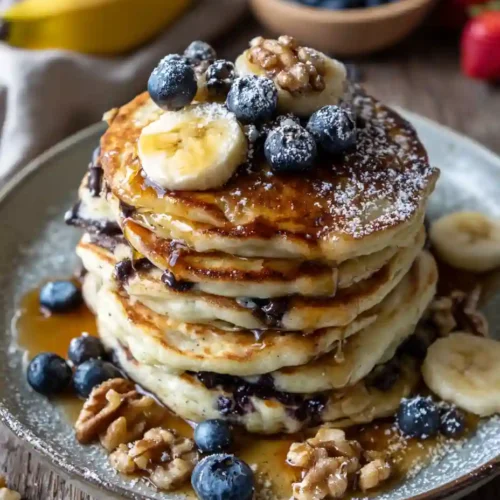
Fluffy Buttermilk Pancakes
Equipment
- Mixing Bowl
- Whisk
- Ladle
- Non-stick Skillet or Griddle
- Flexible Spatula
Ingredients
Dry Ingredients
- 2 cups all-purpose flour
- 2 tbsp sugar
- 1 tsp baking soda
- 2 tsp baking powder
- 1/2 tsp salt
Wet Ingredients
- 2 eggs room temperature
- 2 cups buttermilk room temperature
- 1/4 cup unsalted butter melted
Instructions
- In a large mixing bowl, whisk together the flour, sugar, baking soda, baking powder, and salt.
- In a separate bowl, beat the eggs lightly, then whisk in the buttermilk and melted butter.
- Pour the wet ingredients into the dry and gently stir until just combined. Do not overmix; a few lumps are fine.
- Let the batter rest for 5 minutes to allow gluten to relax and bubbles to form.
- Heat a non-stick skillet or griddle over medium heat and lightly grease it. Ladle about ¼ cup of batter per pancake onto the hot surface.
- Cook until bubbles appear on the surface and edges look set, then flip and cook for another minute or until golden brown. Repeat with remaining batter.
Notes
FAQs
How long are buttermilk pancakes good for?
Buttermilk pancakes stay good in the refrigerator for about 3 days when stored in an airtight container. If you freeze them, they can last up to 2 months and still taste terrific when reheated.
Why does buttermilk make pancakes fluffy?
The acidity in buttermilk reacts with baking soda in the batter, creating carbon dioxide bubbles that make the pancakes rise. This reaction results in a fluffy, airy texture that’s hard to resist.
How long to let buttermilk pancake batter sit?
It’s best to let the batter rest for 5–10 minutes before cooking. This allows the gluten to relax and air bubbles to develop, producing softer, fluffier pancakes.
How long will buttermilk pancake mix last?
Dry buttermilk pancake mix, if stored properly in a cool, dry place, can last for 6–12 months. Always check the expiration date and give it a quick sniff test before using.
Can you refrigerate buttermilk pancake batter?
Yes but it’s best used within 24 hours. After that, the leavening power weakens, and your pancakes may not rise as well.
How do you know if a pancake is spoiled?
Spoiled pancakes may smell sour, feel sticky, or have mold spots. If you notice any of these signs, it’s safest to discard them.
Conclusion
Buttermilk pancakes are a timeless, crowd-pleasing classic that deserve a place in every kitchen. Whether you’re making them fresh for a cozy brunch or freezing a batch for busy mornings, their fluffy texture and tangy flavor never disappoint. Give this easy recipe a try, and don’t forget to share your creations with friends and family a plate of buttermilk pancakes is always better when enjoyed together. Check out more comforting breakfast ideas like our CMS Pancake Breakfast to start your day right.
For more tips and meal prep ideas, visit our Pinterest and join the community conversation!
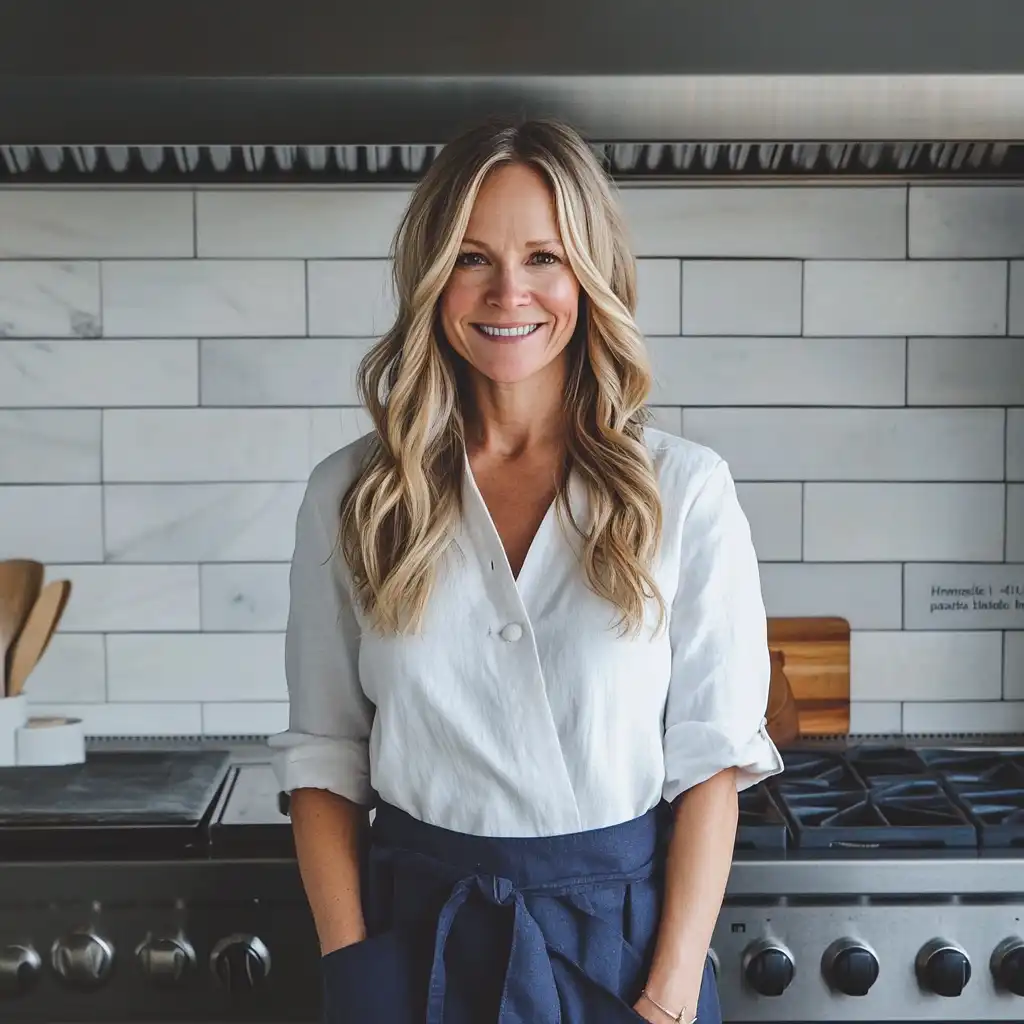


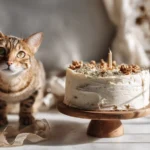




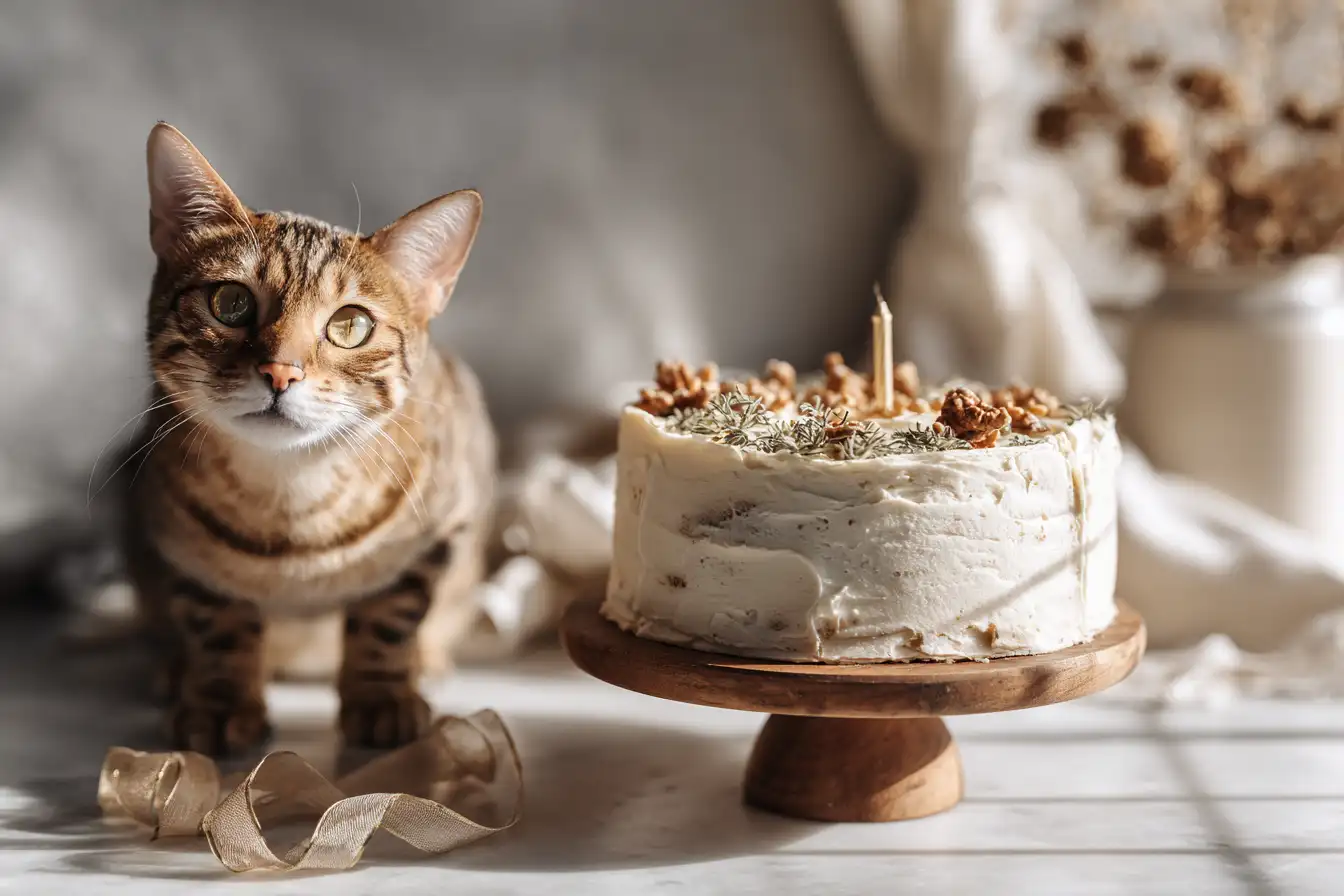

Leave a Reply